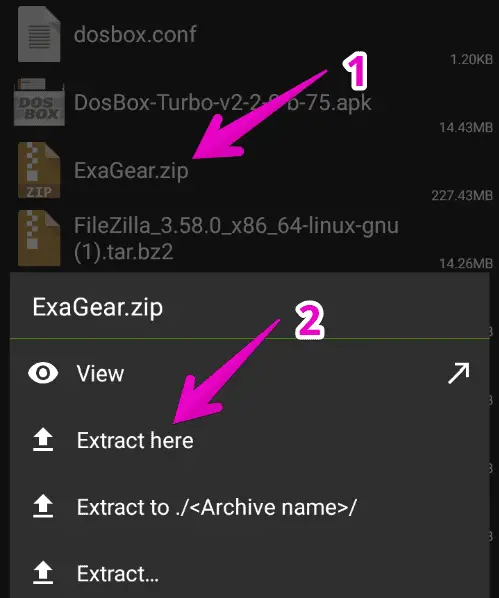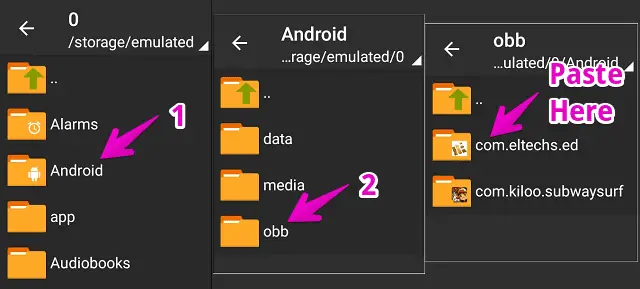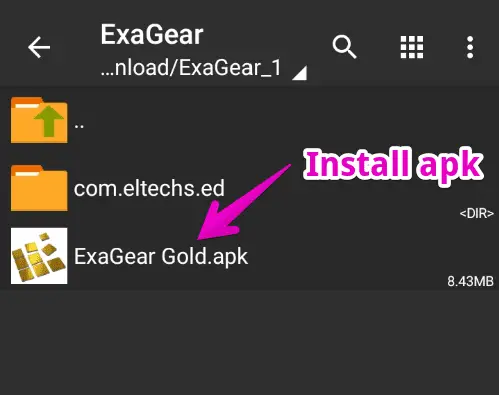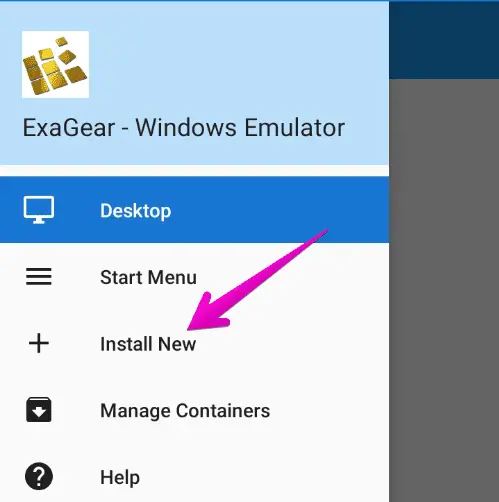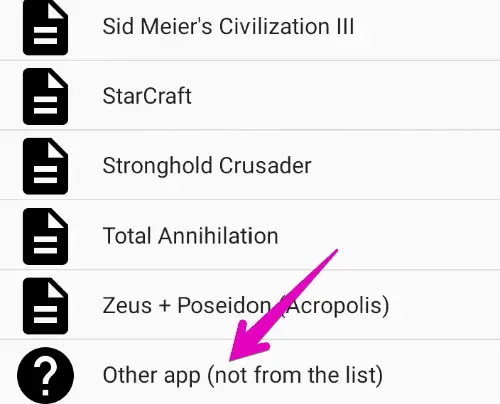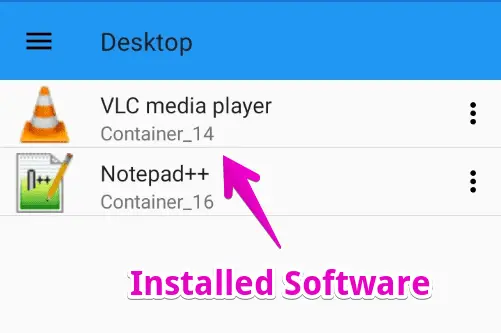“As humanoid robots with artificial intelligence start replacing human labor, we will no longer need to work to produce everyday goods. It only makes sense, then, that everyone on this planet should receive a guaranteed income of at least the minimum wage, without having to work. This is why we need a Crypto Pension Fund to distribute this money to all individuals.”
November 27, 2025
October 5, 2025
🌍 QChartist TA Attracts New Users from Around the World Every Day
🌍 QChartist TA Attracts New Users from Around the World Every Day
Every day, new people from across the globe discover and download QChartist TA. This is no coincidence — it reflects the growing appeal of a free, powerful, and accessible tool that truly meets the needs of traders, analysts, and market enthusiasts.
QChartist TA is no longer just software — it’s a global community in motion.
Users from Europe, Asia, Africa, and the Americas come together around a shared passion: understanding, analyzing, and anticipating market movements through a clear, efficient, and ever-evolving interface.
This daily success illustrates a simple truth:
👉 Users are looking for transparent, effective, and open tools.
👉 QChartist TA meets that need by offering freedom, precision, and collaboration.
The future is being written with everyone who joins this journey.
Thank you to this worldwide community that grows day after day — proof that the passion for technical analysis knows no borders. 🌐📊
July 23, 2025
QChartist DAO – Powered by Performance, Rewarded in Crypto
🟢 QChartist Community Profit Sharing Initiative
🚀 Project Name (Suggested):
QChartist DAO – Powered by Performance, Rewarded in Crypto
🎯 Vision
To create a transparent and decentralized financial ecosystem where the profits generated by QChartist TA’s trading operations are redistributed to the community in the form of QCH tokens or well-established cryptocurrencies such as TRX (Tron), LTC (Litecoin), or BCH (Bitcoin Cash).
🧩 Core Concept
QChartist DAO introduces a profit-sharing model that rewards its community members regularly, based on real trading profits and token economics.
💸 Distribution Model
| Feature | Description |
|---|---|
| Profit Sources | Real profits from QChartist TA trading activities (crypto, forex, etc.) |
| Token Economy | Includes the QCH token on Solana, used as a utility and reward asset |
| Other Payout Options | Members can also receive rewards in TRX, LTC, or BCH, based on preference or rotation |
| Distribution Frequency | Weekly or Monthly |
| Mechanism | Automated airdrops to verified wallet addresses |
| Eligibility | Must be a registered QChartist user with a connected wallet |
| Transparency | Trading results and redistribution reports are publicly available |
🛠️ Key Features
- Multi-token payouts: Members receive allocations in QCH or major altcoins (TRX, LTC, BCH), ensuring flexibility and real-world value.
- Solana-based QCH token: Fast, cheap, and scalable infrastructure for core ecosystem functions.
- Hybrid reward model: Combines internal QCH economy with external crypto liquidity.
- No need to trade: Holders earn passively from the team’s performance.
🔒 Security & Governance
- Smart contracts control distribution and eligibility on Solana and other blockchains.
- Community governance (DAO) enables voting on:
- Profit split percentages
- Preferred payout tokens
- Ecosystem development proposals
- Transparent, trackable trading and payout wallets.
🌱 Sustainable Ecosystem Flow
- The QChartist TA team actively trades the markets.
- A share of monthly/weekly profits is converted to QCH, TRX, LTC, or BCH.
- Tokens are redistributed to users via airdrops.
- Users can stake, hold, or trade their tokens freely.
🔮 Roadmap Highlights
- Launch of the QCH token on Solana with staking features.
- Integration of multi-token payout options (TRX, LTC, BCH).
- Release of a community dashboard for earnings, wallet linking, and governance.
- DAO creation for decentralized decision-making.
✅ Slogan Proposal
“Earn like a trader – without trading.
QChartist DAO redistributes real profits, in QCH or crypto of your choice.”
October 13, 2024
September 10, 2024
Beware of faggots that try to steal your passwords with fishing email
Beware of faggots that try to steal your passwords with fishing email scam.
This kind of technique to steal your passwords should be severely punished.
Header : Received: from mail3.alcaplotsltd.org ([23.95.37.98]:46051)

If the author of this email recognizes himself, stop your crap immediatly.
Phishing email scammers often use a technique called “spoofing” to make it appear as if the email is coming from a legitimate sender.
Here’s a simplified explanation of how it works:
- Create a fake email address: Scammers can easily create fake email addresses that look similar to real ones. For example, they might create “[email address removed]” to mimic the legitimate “support@qchartist.net” address.
- Set up a spoofing tool: There are various tools and software available online that can be used to spoof email headers. These tools allow scammers to manipulate the sender’s email address, the subject line, and other header information.
- Send the phishing email: Once the spoofing tool is set up, the scammer sends the phishing email, making it appear as if it came from the legitimate sender.
It’s important to note that while spoofing can make the email appear legitimate, it doesn’t guarantee that the recipient will be fooled. Many email providers have implemented measures to detect and block spoofed emails. Additionally, users can also protect themselves by being vigilant and aware of common phishing tactics.
According to the law: the perpetrator of a phishing scam shall be liable to: 5 years in prison; And from $375,000 of fine.
To clarify, this is totally illegal. Again, don’t spend your life wasting your time doing bad things.
Instead, be good. Goodness attracts goodness.
September 8, 2024
The concern regarding fake profiles on social networks
The concern regarding fake profiles on social networks arises from several key issues: financial fraud, political manip, user trust and loyalty.. Be careful when you invite someone on social networks. AI and advanced technologies make the trap even more difficult to discern.
Beware of telegram, twitter, and email canvassers
When you submit your website for SEO listing on various websites and directories, beware of telegram, twitter, and email canvassers that propose you to produce youtube videos for your product on their channel. This is often a scam because:
- they have bots and fake subscribers and followers on their account
- they produce bad quality video for your product
- they massively use ai to produce their videos
- the content of their channel is poor
Even if the price is low for a video (e.g. a few tens of dollars), don’t waste your time with these scammers! This won’t increase the value of your business.
January 5, 2024
February 24, 2023
Are you rather Windows or Linux ?
Why do i prefer Windows ?
- Compatible with most softwares apps and games available on the market
Why do i prefer Linux ?
- Prevents eavesdropping from Google, Microsoft, Akamai and Amazon when Online on the Internet
- Prevents waste of CPU resources from these companies
- As a result, CPU Fan is less used and thus the computer is now completely silent
- WineHQ seems to be faster and more stable
To conclude : I have no preference between Windows and Linux since they are complementary.
It depends on the usage that you do with your computer.
February 21, 2023
Technology and Hardware
https://openai.com/blog/chatgpt
OpenAI Product, Announcements ChatGPT is a sibling model to InstructGPT, which is trained to follow an instruction in a prompt and provide a detailed response. We are excited to introduce ChatGPT to get users’ feedback and learn about its strengths and weaknesses. During the research preview, usage of ChatGPT is free. Try it now at chat.openai.com
Developing safe and beneficial AI requires people from a wide range of disciplines and backgrounds. View careers. I encourage my team to keep learning. Ideas in different topics or fields can often inspire new ideas and broaden the potential solution space. Lilian Weng Applied AI at OpenAI.
Amazon Fire TV is a line of digital media players and microconsoles developed by Amazon. The devices are small network appliances that deliver digital audio and video content streamed via the Internet to a connected high-definition television.
https://www.cpu-monkey.com
CPU benchmark with a huge database.
Nipogi Mini PC
https://inipogi.com/Index/index/productlist/
https://www.meta.com/fr/en/quest/products/quest-2/
Shop the Meta Quest 2 all-in-one VR headset and immerse yourself within new virtual worlds. Explore everything that our second gen VR device has to offer. Meta Quest 2: Immersive All-In-One VR Headset | Meta Store
